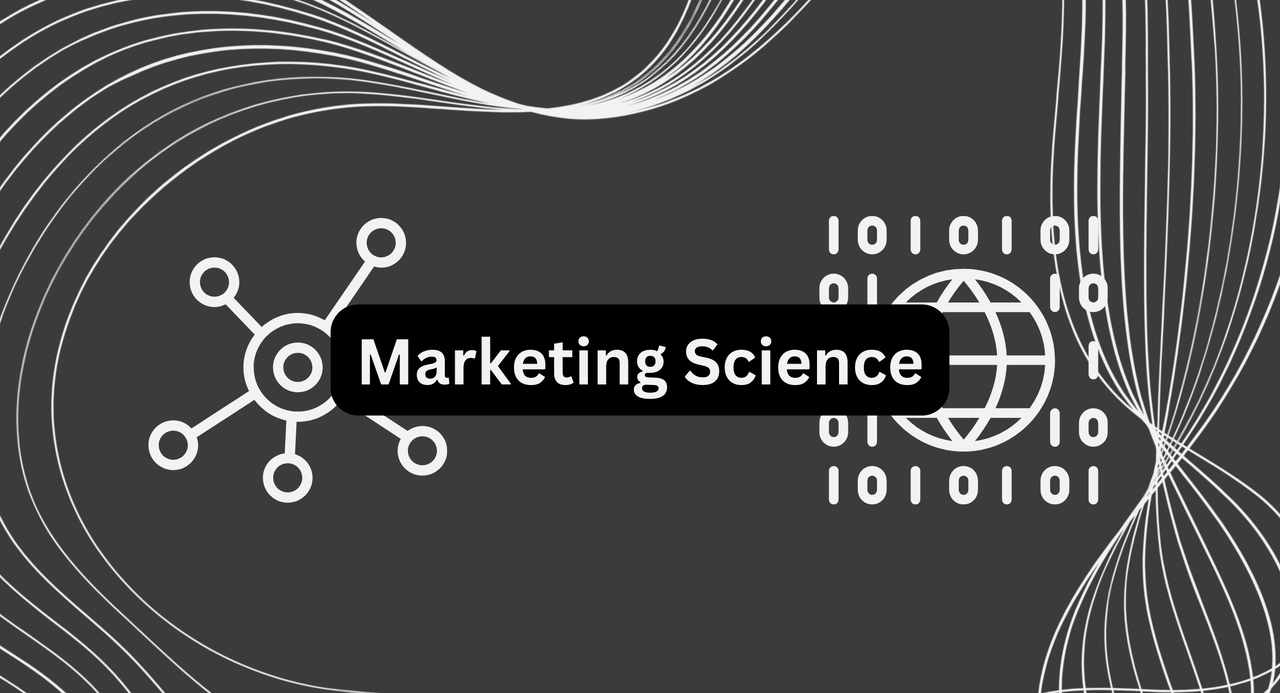Data Transforms Marketing
My interest in digital marketing began with a powerful definition during my first class at HKUST: “Achieving marketing objectives through applying digital media data and technology” (Chaffey & Ellis-Chadwick). Among various definitions, this resonated with me profoundly due to its clear emphasis on “data,” a cornerstone of digital marketing. Digital marketing uniquely allows marketers to gather extensive and detailed data, offering unparalleled insights into consumer behaviors.
Insights from Industry Experts
Recently, I had the opportunity to attend a presentation by Blair Roebuck, an expert in marketing science. Blair’s insights significantly deepened my understanding of marketing science as more than merely data analysis. It integrates business acumen, technological proficiency, analytical skills, and strategic insights into a unified discipline.
Three key insights from Blair’s presentation:
- Focused Data Collection: Blair highlighted a structured six-step process, stressing that quality surpasses quantity. Effective data collection targets relevance over volume, facilitating clearer, actionable insights.
- Continuous Optimization: Emphasizing measurable testing and iterative learning, Blair advocated continuously optimizing strategies through evidence-based adjustments. This approach ensures sustained effectiveness rather than short-term gains.
- Education and Stakeholder Engagement: Beyond merely analyzing data, the value of marketing science lies in educating clients and stakeholders, empowering them to apply insights strategically for long-term benefit.
Practical Experience: Data Analysis Activity
Reflecting these principles, my team recently analyzed an alcohol distributor’s dataset, which included variables such as country, beer, spirits, wine, and pure liquor consumption levels. Our analytical approach involved:
- Data Filtering and Pattern Identification: Using Excel’s filter functions, we identified initial trends and patterns.
- Descriptive Statistical Analysis: We calculated statistics for deeper characterization and understanding of the dataset.
- Relationship Exploration: By examining relationships between variables, we uncovered influential factors and deeper insights.
- Data Visualization: Visual representations significantly clarified trends, making complex numerical data intuitive and actionable.
Blair notably appreciated our multi-perspective approach, emphasizing that analyzing data from various angles—such as cultural backgrounds or geographical regions—can reveal novel insights often missed by a singular viewpoint.
Pursuing a Career in Marketing Science
Blair’s statement, “Marketing Science is where analytics, technology, and business all come together into one key solution,” ignited my ambition toward a career in this field. Evaluating my skills, however, revealed areas for development. While I am proficient with basic analytics and technology, enhancing my capabilities in advanced statistics and programming, such as Python, is essential.
Professional advice for aspiring marketers:
- Continuous Learning: Pursue additional certifications in data science and programming.
- Hands-on Experience: Engage in internships or practical projects to apply and strengthen your analytical and business skills.
- Stay Updated: Regularly explore emerging trends and new analytical methodologies to remain competitive.
Data is Essential, but Storytelling is Crucial
Lastly, a valuable lesson from one of my professors: “Don’t let numbers confuse you.” Data should inform but never overshadow the fundamental role of marketers as storytellers and strategists. When overwhelmed with data, step back and examine the broader context to identify root causes. Asking the right questions, rather than just observing metrics, is key to insightful decision-making.
In essence, successful marketing combines insightful analytics, strategic thinking, and compelling storytelling. Balancing these elements effectively defines modern marketing science and drives meaningful results.

Leave a Reply